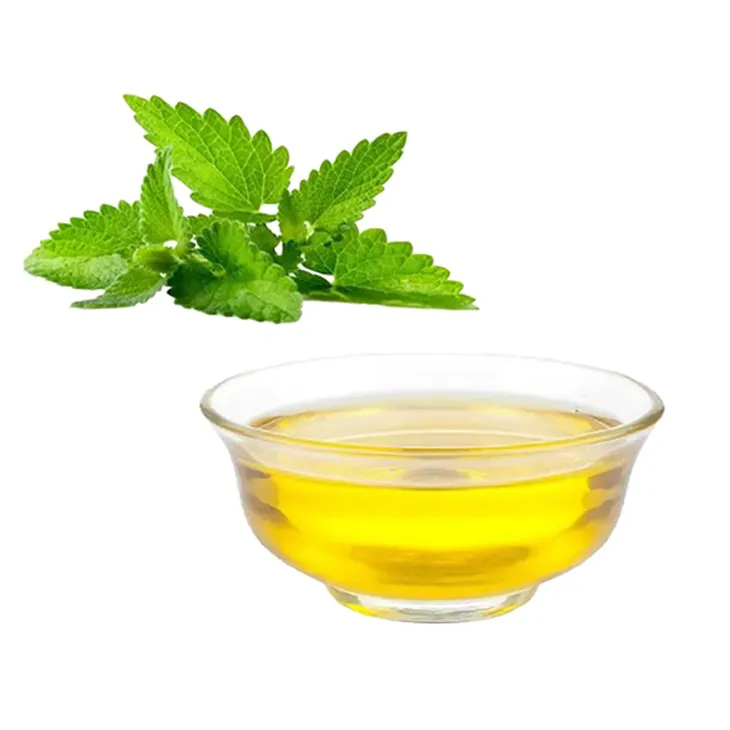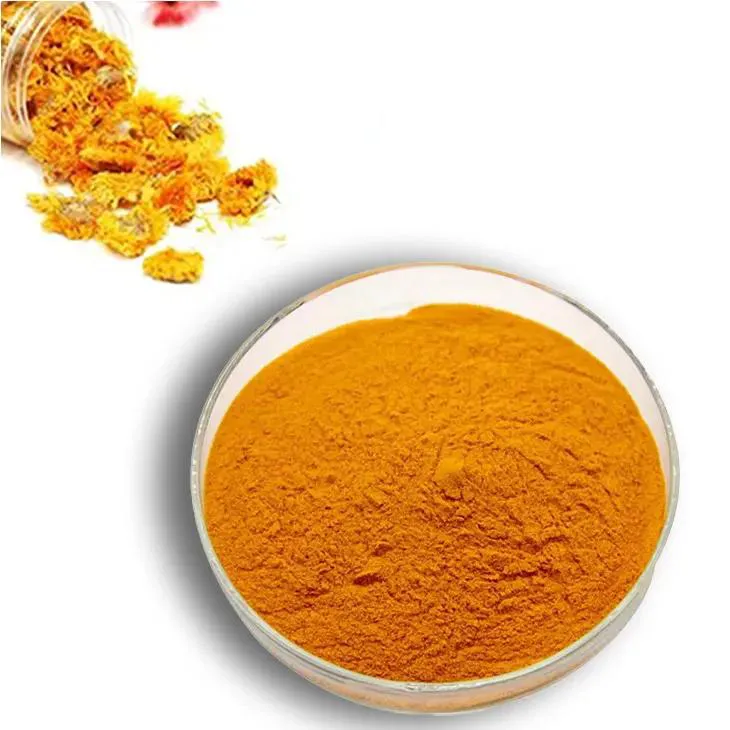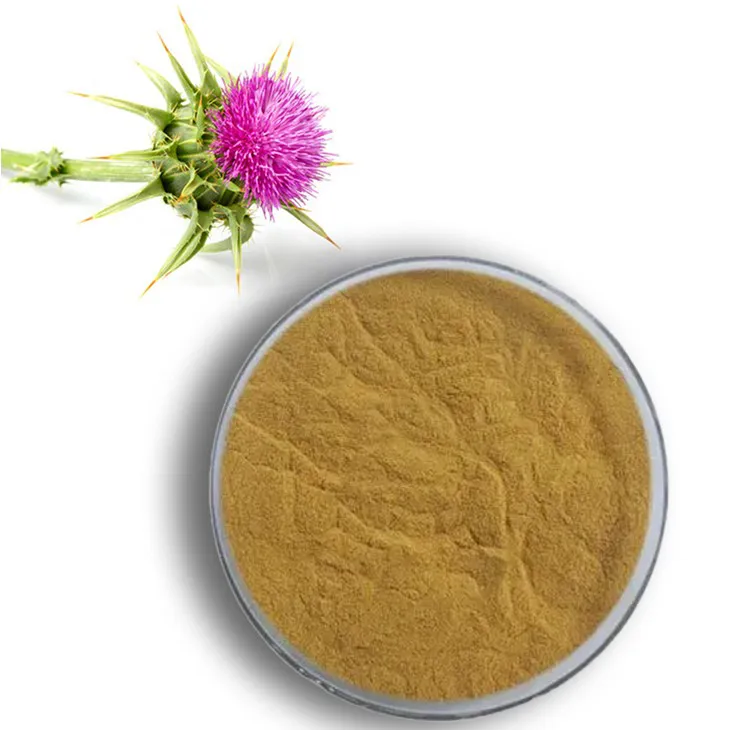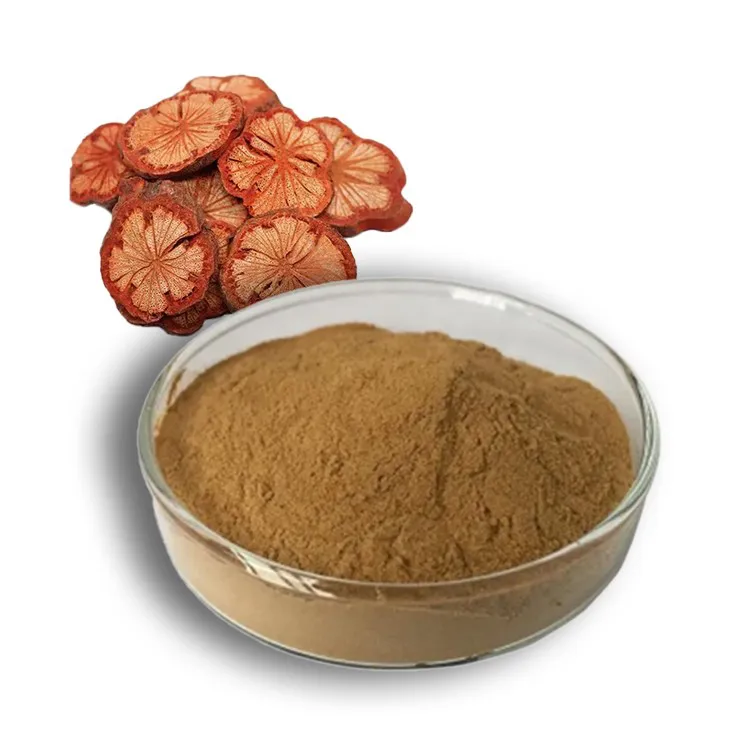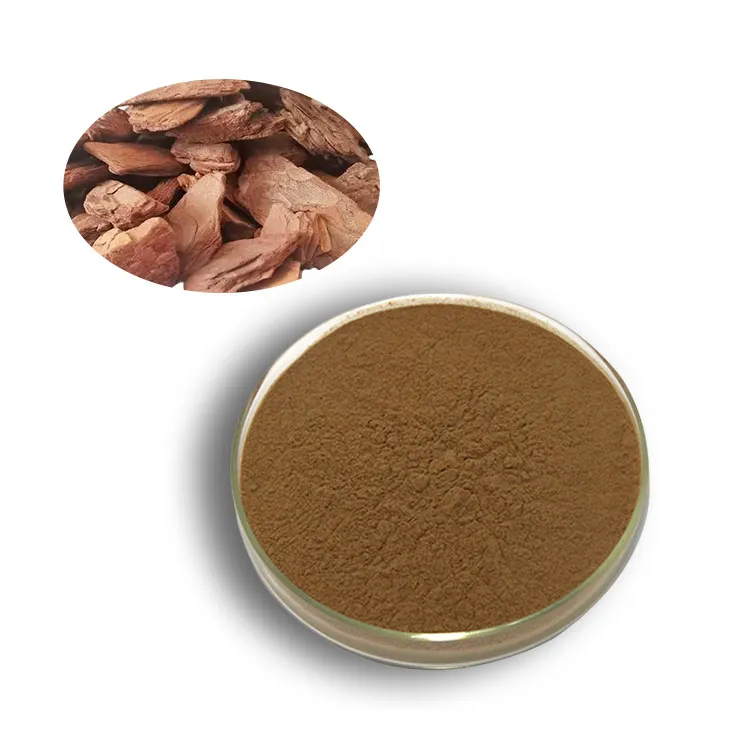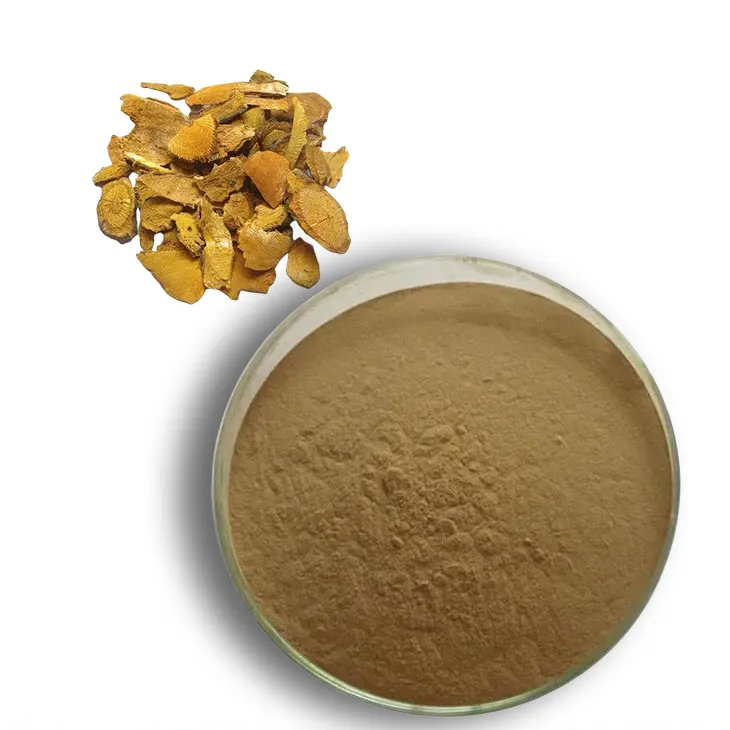- 0086-571-85302990
- sales@greenskybio.com
Do they make red wine without alcohol?
2025-09-27
For centuries, red wine has held a unique place in cultural, social, and culinary traditions worldwide, known for its rich flavors, aromas, and potential health benefits. However, as consumer preferences evolve and awareness around health and wellness grows, there is an increasing demand for non-alcoholic alternatives to traditional alcoholic beverages. This article delves into the burgeoning realm of non-alcoholic red wine, exploring the production process, varietal offerings, emerging trends, and the reasons behind its growing popularity.
Understanding Non-Alcoholic Red Wine
Non-alcoholic red wine is crafted to mimic the flavor, aroma, and experience of traditional red wine without the alcohol content. This allows for an inclusive drinking experience without the intoxicating effects of alcohol. By definition, non-alcoholic wines contain less than 0.5% alcohol by volume (ABV), making them suitable for individuals who abstain from alcohol for health, religious, or personal reasons.
The Production Process
The process of making non-alcoholic red wine is creative and intricate, involving several key stages to ensure that the wine retains its essence:
Traditional Winemaking: The journey begins with the traditional wine production process, from selecting quality grapes to fermentation. Once the initial fermentation is complete and the wine has developed its flavors, the next step involves removing the alcohol content.
De-Alcoholization Techniques: Several methods exist for extracting alcohol while preserving the wine's natural flavor profile:
a. Vacuum Distillation: This method uses reduced atmospheric pressure to lower the boiling point of alcohol. By applying heat, alcohol is gently evaporated from the wine under vacuum conditions. The remaining liquid retains its essential flavors and aromas.
b. Reverse Osmosis: This technique involves filtering wine through membranes at high pressure, allowing water, aroma compounds, and alcohol to pass while leaving flavor compounds behind. Alcohol can be removed from the filtered mixture via distillation, after which the water and aroma compounds are recombined with the wine base.
c. Spinning Cone Column: This sophisticated method utilizes a centrifugal force to separate alcohol from wine. The wine is passed through rotating cones, with alcohol and flavor compounds extracted at different stages, ensuring preservation of essential aromatic elements.
Varietal Offerings
Non-alcoholic red wines are available in a variety of styles, mirroring popular red wine varietals. Noteworthy options include Cabernet Sauvignon, Merlot, Shiraz, and Pinot Noir, each maintaining characteristic flavor profiles and aroma notes akin to their alcoholic counterparts. Producers strive to emulate the nuances of these varietals, from fruity and bold tastes to earthy and tannic notes, providing an authentic wine-like experience.
Health and Wellness Considerations
Non-alcoholic red wine caters to those mindful of their health while still wishing to enjoy a traditional wine experience. The advantages of choosing non-alcoholic red wine extend beyond the absence of alcohol:
Caloric Reduction: Non-alcoholic wines generally have fewer calories than their alcoholic versions, appealing to calorie-conscious consumers looking to manage their dietary intake.
Resveratrol Content: Resveratrol, an antioxidant found in the skins of red grapes, is credited with heart-health benefits. Non-alcoholic red wine retains this antioxidant content, potentially offering cardiovascular support similarly to traditional red wine.
Social Inclusivity: Non-alcoholic red wine offers an inclusive choice for social settings, allowing everyone to partake in toasts, pairings, and wine tasting without the effects or presence of alcohol.
Emerging Trends and Popularity
The rising interest in non-alcoholic red wine reflects broader trends within the alcohol industry and wellness culture:
Sober Curiosity Movement: The ‘sober curious’ generation seeks ways to engage socially without alcohol's influence. This cultural shift emphasizes mindful consumption, exploring sobriety, and deliberate decisions regarding alcohol intake.
Product Innovation: In response to demand, producers are innovating to enhance the quality of non-alcoholic options, experimenting with methods, ingredients, and packaging to deliver an enriched experience akin to traditional wines.
Sustainability Focus: Increasingly, brands focus on sustainable and organic production techniques, appealing to environmentally-conscious consumers who prioritize eco-friendly practices.
Challenges and Considerations
Despite the burgeoning market, producing high-quality non-alcoholic red wine presents challenges:
Flavor Preservation: Maintaining a close semblance to the complex flavors and aromas of traditional red wines is a complex task, requiring precise methods to prevent flavor loss during de-alcoholization.
Perceptions and Acceptance: While acceptance for non-alcoholic wines is growing, some wine enthusiasts remain skeptical about the taste equivalency, preferring traditional options. Educating consumers and offering tastings are crucial to overcoming these barriers.
Market Positioning: Navigating market position requires strategic branding, distinguishing non-alcoholic red wines from grape juice while underscoring sophistication and taste quality reflective of authentic wine.
Conclusion
The landscape of non-alcoholic red wine is rapidly evolving, driven by consumer demand and cultural trends favoring health and moderation. As producers continue to refine de-alcoholization techniques and expand varietal offerings, non-alcoholic red wines are poised to capture an ever-widening audience. Whether appreciated for health-conscious reasons or personal preference, non-alcoholic red wine offers an inclusive option for consumers seeking the rich experience of wine without alcohol. As this trend grows, it promises to contribute significantly to a diverse, health-focused future in beverage consumption.
- ▶ Hesperidin
- ▶ Citrus Bioflavonoids
- ▶ Plant Extract
- ▶ lycopene
- ▶ Diosmin
- ▶ Grape seed extract
- ▶ Sea buckthorn Juice Powder
- ▶ Fruit Juice Powder
- ▶ Hops Extract
- ▶ Artichoke Extract
- ▶ Mushroom extract
- ▶ Astaxanthin
- ▶ Green Tea Extract
- ▶ Curcumin
- ▶ Horse Chestnut Extract
- ▶ Other Product
- ▶ Boswellia Serrata Extract
- ▶ Resveratrol
- ▶ Marigold Extract
- ▶ Grape Leaf Extract
- ▶ New Product
- ▶ Aminolevulinic acid
- ▶ Cranberry Extract
- ▶ Red Yeast Rice
- ▶ Red Wine Extract
-
Diosmin
2025-09-27
-
Peppermint Oil
2025-09-27
-
Marigold Extract
2025-09-27
-
Milk Thistle Extract
2025-09-27
-
Red Vine Extract
2025-09-27
-
Pine bark Extract Powder
2025-09-27
-
Oyster Mushroom Extract Powder
2025-09-27
-
Agaricus Blazei Extract
2025-09-27
-
Eucommia Ulmoides Extract
2025-09-27
-
Polygonum Cuspidatum Extract
2025-09-27












